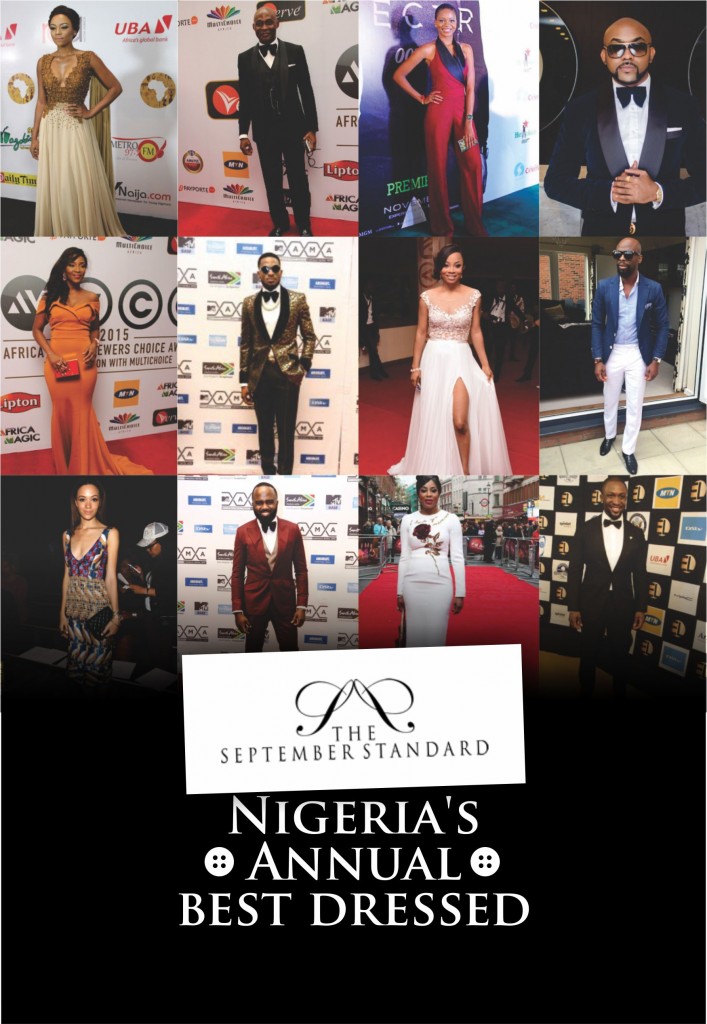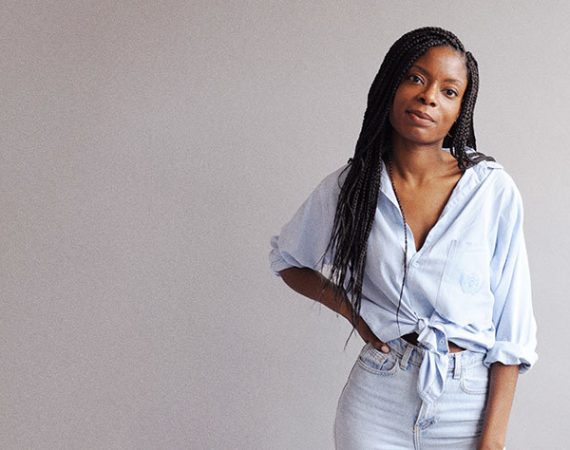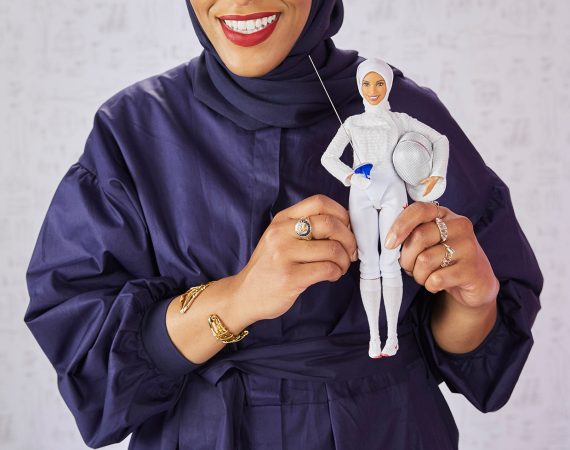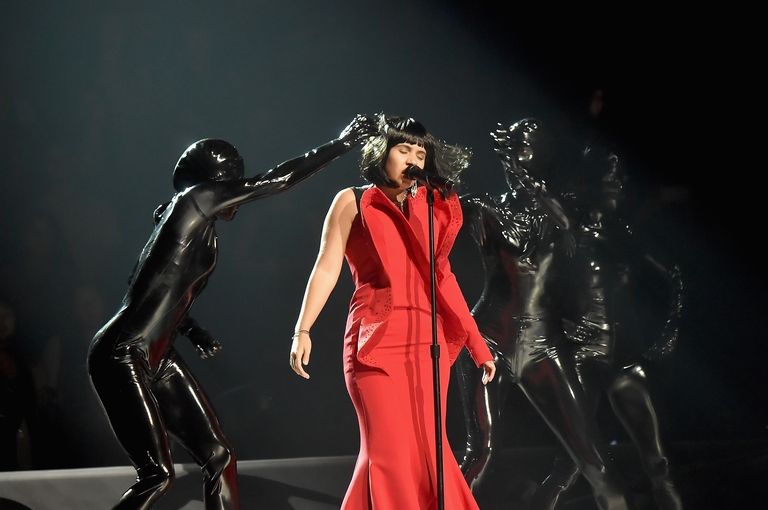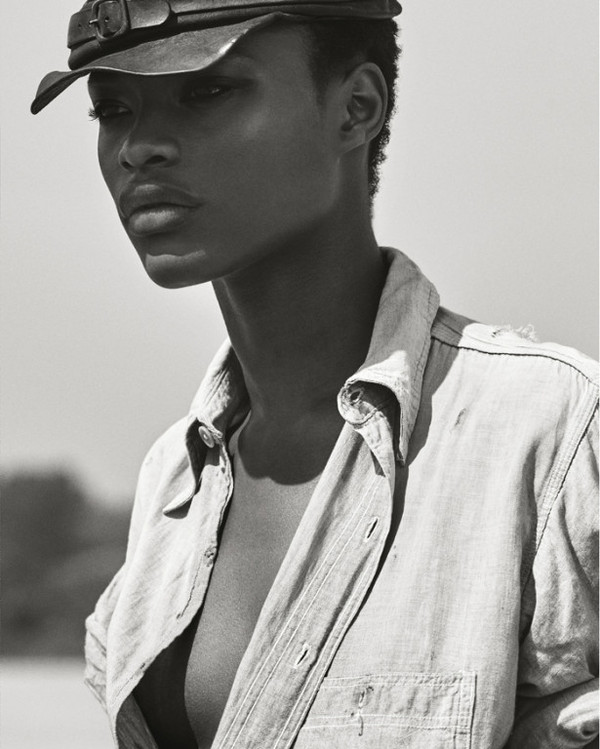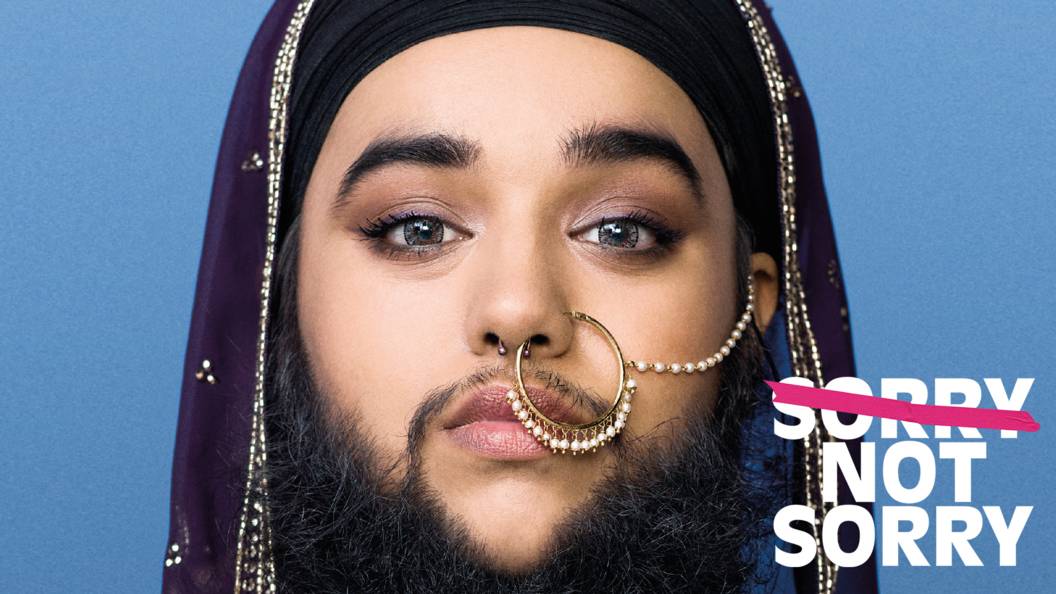The 2016 Africa Magic Viewer’s Choice Awards (AMVCA) was actually two events rolled in one. There was the actual awards ceremony which saw several talented actors and adjacent industry professionals get honoured for their work. There was the equally important red carpet extravaganza which had everyone else score much needed press time on MNET, Africa’s biggest cable network.
As Nigeria’s celebrity culture has grown, feeding adjacent industries like the fashion and beauty industries, the pressure to become a ‘red carpet’ designer has become even greater. Many designers see the potiential in high profile events like the AMVCA’s as an opportunity to reach more diverse audiences and try to cash in. The celebrities have also felt the pressure to perform, as their ‘brands have become inextricably linked with their public image. A bad outing can equal bad PR which can result to the loss of a year’s worth of film or music work, so getting it right is bigger than ever, which is what we suspect was the catalyst for the dress that spawned today’s article.
Kehinde Bankole, a Nigerian actress walked the 2016 AMVCA red carpet in an identical but horribly inferior version of a Zuhair Murad Spring 2015 dress, which became a hot topic when it was worn by model Chanel Iman. Though the designer wasn’t named (for obvious reasons) the copy was actually admirable compared to the copies we have seen on the AMVCA red carpet in previous years. The main problem was that they tried to find cheap alternatives to a dress that must have taken weeks to idealise and construct.


Last year Ini Edo tried to pass off a bad copy as an original Valentino dress, and before that, Ghanaian actress Nadia Buari was disgraced publicly for lying on the red carpet at an international film festival that the poorly made copy she was wearing was an actual Oscar De La Renta dress.
These episodes speak to the sheer extent of copying that is sent down the red carpet each time we have a high profile event. No one is ashamed to copy high profile international designers, create identical replicas or close copies of their work and display them as the real deal. This blatant plagiarism isn’t restricted to red carpet events. At the 2015 Lagos Fashion and Design Week, many joked that there was so much copying on the runway, you could instantly tell if a designer was Nigerian by the designers they copied.
None of this is news to any of us, so why then are we discussing this again?
The answer is a lot more complex than we imagine.
Every Nigerian designer/label/mass market retail brand doing business here is faced with challenge of an absence of government backing. We complain constantly about the lack of financial and infrastructural support. But here is the thing, the government cannot put its weight behind an industry of plagiarists.
The ultimate goal of any product is exportation, to send out finished goods and bring in external revenue. If a government is going to support the manufacturing of a product, it has to be a product that is largely original and patented. With government support comes federal legislation, most especially international patent laws that ensure the label (and by extension the government) is the only entity allowed to mass produce and profit from said product. There quite simply will be no federal legislation to support fashion without a watertight copyright law that protects intellectual property (that includes all your ‘original’ fashion designs).
Even if we were able to weasel the government into passing the legislation that will allow it put full financial weight behind our fashion industry, we would create an even bigger problem. With legislation comes the opportunity and frame work for litigation. And once the opportunity for litigation exists, international design houses would literally bankrupt most of our current designers for copyright infringement.
Rihanna sued Topshop and won simply because they used her image on some of their merchandise without her permission, and these were images readily available on the internet. Puma is currently suing several brands and has successfully gotten a court order to stay those brands from operating business simply because their brand logos are somewhat similar to Puma’s.
So what then will happen to people like the ‘designer’ behind Kehinde Bankole’s dress once we have a proper legal and judiciary framework protecting the work of the few Nigerian designers who actually innovate?
Kehinde Bankole’s dress was a failure before it even left her designer’s hands. You cannot fake the inner soul of an artist, the same way a photocopy of a best selling novel cannot make you a writer yourself.
For the sake of our budding industry and for whatever shreds of dignity we have left, the shameless plaigarism needs to stop.

